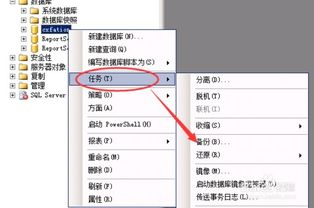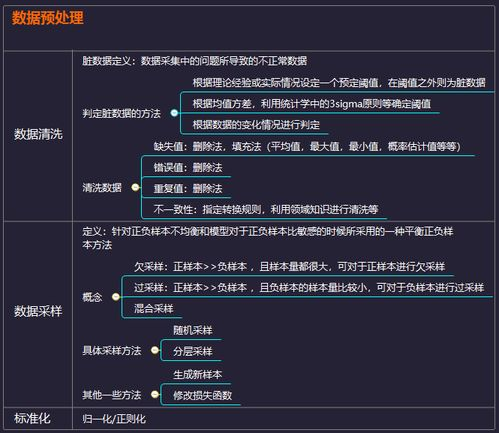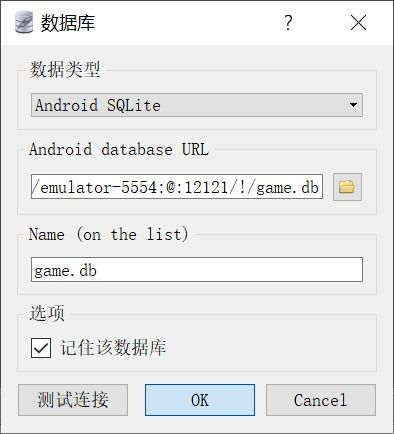html循环代码在哪里: Discovering the Location of HTML Looping Code
In the realm of web development, understanding how to manipulate code effectively is crucial for creating dynamic web applications. One of the foundational concepts that every web developer should grasp is the use of loops, which allow for repetitive execution of code blocks. Although HTML itself does not support traditional looping constructs like that found in programming languages, it can, however, work in conjunction with JavaScript and other programming languages to create loops. This article will explore where you can find or implement HTML looping code through various methods and frameworks.
1. Understanding HTML and Its Limitations
HTML, or HyperText Markup Language, is the standard markup language used to create web pages. It structures content on the web but does not possess inherent programming capabilities such as loops or conditionals. Essentially, HTML is designed to lay out the structure and presentation of web content, while languages like JavaScript or server-side languages like PHP manage the logic.
2. Using JavaScript for Looping in HTML
To create looping functionality in the context of an HTML document, JavaScript is typically employed. JavaScript can dynamically manipulate the Document Object Model (DOM), allowing developers to repeat or iterate over elements. Here’s a simple example of how you can use JavaScript to loop through a series of elements within an HTML document:
<!DOCTYPE html>
<html>
<head>
<title>Looping in HTML Example</title>
<script>
function loopElements() {
const container = document.getElementById('loopContainer');
for (let i = 1; i <= 5; i++) {
const newElement = document.createElement('p');
newElement.innerText = 'This is item number ' + i;
container.appendChild(newElement);
}
}
window.onload = loopElements;
</script>
</head>
<body>
<div id="loopContainer"></div>
</body>
</html>In this example, the `loopElements` function creates multiple `
` elements and appends them to a designated container when the page loads. This illustrates a way of integrating loops into HTML through JavaScript.
3. Utilizing Frameworks for HTML Looping
Various frameworks and libraries provide more advanced looping functionality, allowing web developers to create more complex applications. For instance, React, Angular, and Vue.js are popular frameworks that are built on top of HTML and enhance its capabilities significantly. They offer features like virtual DOM, bindings, and component-based architecture that make managing loops and dynamic data easier and more intuitive.
In React, you might use the `.map()` function to render lists from an array:
const items = ['Item 1', 'Item 2', 'Item 3'];
function App() {
return (
<div>
{items.map((item, index) => <p key={index}>{item}</p>)}
</div>
);
}In the React example above, the `map` function iterates over an array of items to create a new array of `
` elements, which will then be rendered on the webpage. This streamlined approach showcases the power of combining HTML with JavaScript frameworks to manage looping efficiently.
4. Server-Side Rendering and Loops
Beyond client-side scripting, server-side languages such as PHP, Python, and Node.js allow for loops during the generation of HTML content. These loops run on the server and generate HTML before sending the output to the client’s browser. For instance, using PHP:
<?php
$items = ['Item 1', 'Item 2', 'Item 3'];
foreach ($items as $item) {
echo "<p>$item</p>";
}
?>Here, PHP uses a `foreach` loop to iterate through an array of items, producing a series of `
` tags containing each item, which will then be displayed in the browser. This is crucial for dynamic content generation from databases or user input.
5. HTML5 Templates and Looping Concept
HTML5 introduces a template element that can be utilized in combination with JavaScript to create reusable content that can be looped. Templates allow you to define fragments of HTML which can be instantiated and repeated multiple times. Here’s a simple example:
<template id="myTemplate">
<p>This is a template item.</p>
</template>
<div id="output"></div>
<script>
const template = document.getElementById('myTemplate');
const output = document.getElementById('output');
for (let i = 0; i < 5; i++) {
const clone = document.importNode(template.content, true);
output.appendChild(clone);
}
</script>This code defines a template in HTML that can be cloned and added to the DOM as needed. Using the template element allows for clean and maintainable code when dealing with repetitive structures.
Conclusion
Although HTML does not directly support looping constructs, combining it with JavaScript or server-side programming enables developers to implement looping functionalities effectively. Whether through JavaScript, frameworks like React and Angular, or server-side languages like PHP, the ability to manipulate HTML dynamically is essential for contemporary web development. As technologies evolve, so will the methods we use to integrate looping into our web applications. For those seeking to master web development, understanding these concepts and where to find and implement HTML looping code is indispensable.






